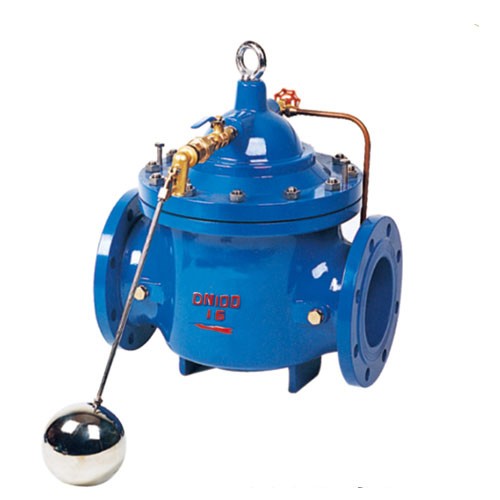Electrically Controlled Gate Valve for Enhanced Flow Management in Industrial Applications
Electrically Actuated Gate Valves An Overview
In modern industrial settings, efficient fluid control is pivotal for ensuring smooth operations in various processes. One of the key components involved in fluid management is the gate valve, and when this valve is electrically actuated, its capabilities and versatility increase significantly. This article delves into the fundamental aspects of electrically actuated gate valves, exploring their construction, operation, advantages, applications, and maintenance considerations.
Understanding Gate Valves
Gate valves are designed to provide either fully open or fully closed flow control in a pipeline. The name “gate” comes from the valve's disk or gate that moves vertically to obstruct or allow the flow of fluids. Unlike other valve types that can throttle flow, gate valves are optimized for minimum pressure drop when fully open. They are commonly used in applications where isolation is needed rather than regulation.
Electrically Actuated Mechanism
An electrically actuated gate valve incorporates an electric actuator that automates the opening and closing of the valve. This actuator is powered by electricity and converts electrical energy into mechanical motion. Typically, it consists of an electric motor, gears, and a mechanism that connects to the valve stem. The actuator can be controlled remotely, allowing for precise and convenient operation.
The control system for electrically actuated gate valves can vary in complexity, from simple on/off controls to sophisticated systems capable of modulating flow based on feedback from sensors. Such automation significantly enhances operational efficiency, particularly in environments where manual valve operation is impractical.
Advantages of Electrically Actuated Gate Valves
2. Remote Operation Remote control capabilities reduce the need for manual intervention, enhancing safety and convenience, particularly in hazardous or hard-to-reach areas.
3. Reduced Labor Costs Automation through electric actuation often leads to lower labor requirements since operators do not need to manually control the valves.
4. Consistency and Repeatability Electrically actuated valves provide consistent performance, reducing variability and ensuring uniform operation over time.
5. Integration with Automation Systems They can easily integrate with existing control systems, such as SCADA (Supervisory Control and Data Acquisition) systems, facilitating sophisticated process control strategies.
electrically actuated gate valve

Applications
Electrically actuated gate valves are used in a wide range of industries and applications, including
- Water Treatment Facilities Essential for controlling the flow of water and chemicals in purification processes. - Oil and Gas Industry Used to manage the flow of crude oil, natural gas, and refined products, ensuring efficient transportation and processing. - Power Plants Vital for controlling water and steam flows in power generation processes. - Chemical Processing Frequently employed to manage the flow of various corrosive and non-corrosive substances. - HVAC Systems Used to regulate coolant and air flow in heating, ventilation, and air conditioning systems.
Maintenance Considerations
While electrically actuated gate valves offer numerous benefits, they also require regular maintenance to ensure longevity and reliability
1. Routine Inspections Regular checks for wear and tear on the valve and actuator components can help identify potential issues before they become problematic.
2. Lubrication Proper lubrication of moving parts can prevent excessive wear and ensure smooth operation.
3. Electrical Component Checks Since these valves rely on electric actuators, inspections of the electrical systems—such as wiring, connections, and motor function—are crucial.
4. Tests for Sealing Integrity Regular testing for leaks and the integrity of the seals helps maintain system efficiency and safety.
5. Calibration and Testing Periodically calibrating the actuator and conducting functional tests can ensure the valve responds appropriately to control signals.
Conclusion
Electrically actuated gate valves represent an advancement in fluid control technology, combining the traditional reliability of gate valves with the modern advantages of electric actuation. Their ability to provide precise, remote, and automated control makes them invaluable in various industries. Through proper maintenance and integration into automated systems, these valves can enhance operational efficiency and safety, underscoring their role as essential components in contemporary fluid management processes.
-
3-types-of-check-valves-maintenance-tipsNewsAug.23,2025
-
ball-valves-types-with-trunnion-mounted-designNewsAug.23,2025
-
butterfly-valve-company-production-capabilitiesNewsAug.23,2025
-
fisher-globe-valve-technical-specificationsNewsAug.23,2025
-
types-of-gaskets-for-flanges-selection-guideNewsAug.23,2025
-
wedge-gate-valve-suppliers-quality-standardsNewsAug.23,2025
-
Breakthrough in Domestic Low Temperature Valve Technology in ChinaNewsAug.18,2025




